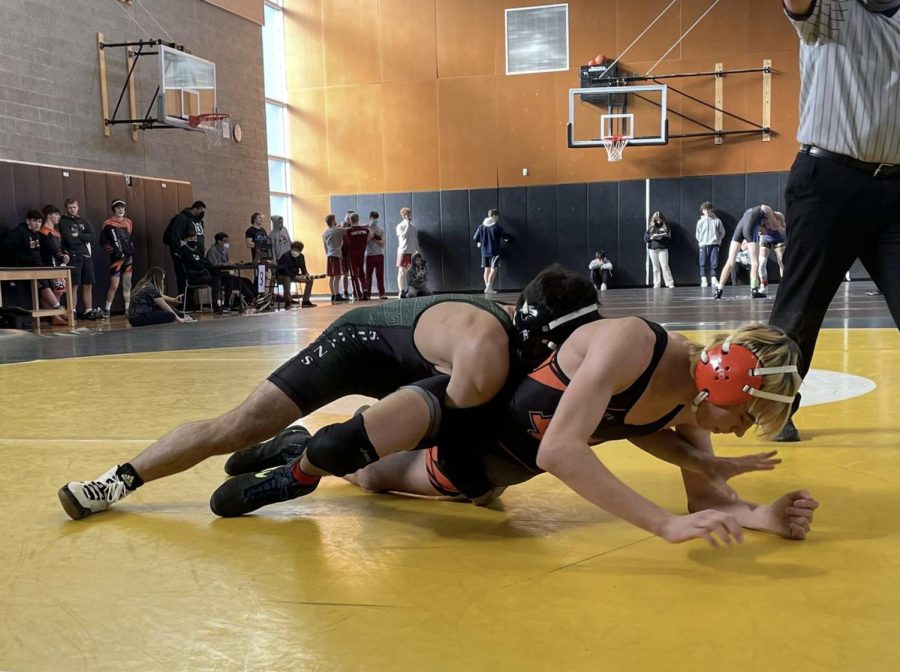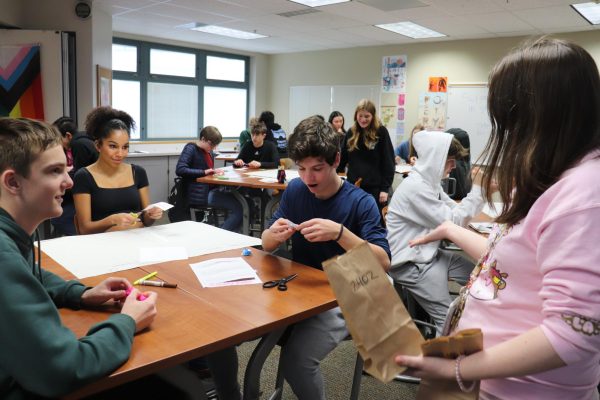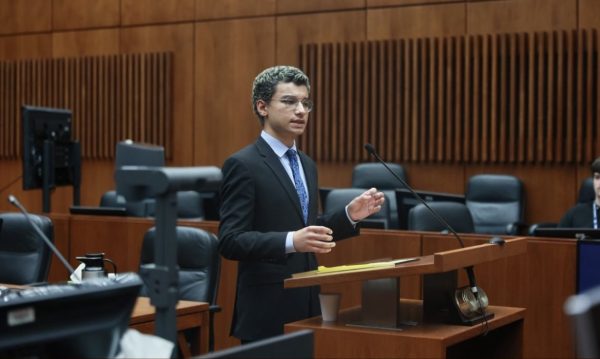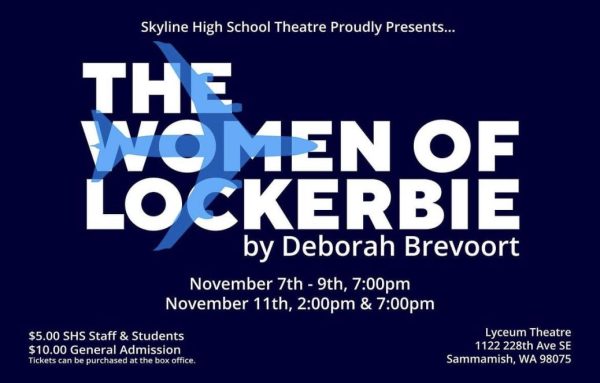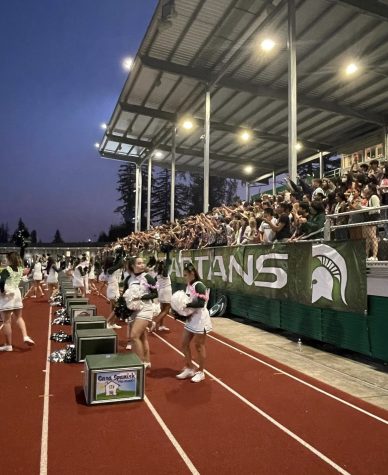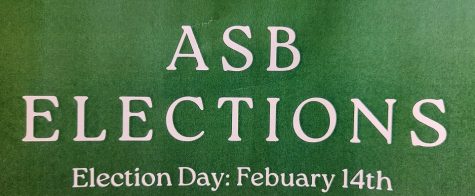COVID-19 Creates More Obstacles for High School Athletes
February 15, 2022
On Dec. 15th, the Washington State Department of Health released a report tracing an estimated 80 to 90 COVID-19 cases back to four high school wrestling tournaments, all of which took place only a few weeks before the surge of Omicron during the winter holiday. Today, athletes continue to struggle with meeting health and safety protocols on top of their demanding practice routines as the pandemic carries over into the new year.
Dylan Wong, a varsity wrestler at Skyline, shares his thoughts on how close-contact sports have dealt with mitigating the spread within the Kingco conference.
“It was clear that many of our coaches had concerns about conducting practice as we returned to an in-person setting,” Wong said. “A lot of our workouts needed to be modified and simply didn’t feel the same.”
As 2021 progressed, and new cases seemed to dwindle, many teams had begun relaxing their rules, especially during the offseason. The recent uptick in cases took a toll on recovering athletes who sacrificed their seasons and even collegiate exposure to play, only for the situation to deteriorate further.
“When we had an outbreak of pertussis in the wrestling community here in Washington State back in 2017, the ability to transmit an airborne infection in a wrestling match is higher when compared to other sporting events,” said Dr. Scott Lindquist, the state epidemiologist for communicable diseases. “These tournaments created perfect situations for outbreaks to ensue.”
Given the sport’s highly competitive nature, high school wrestling has been in the limelight for many decades after stories emerged revealing the unhealthy and even dangerous habits young teens form to gain an edge on their opponents.
According to the Children’s Hospital of Colorado, an estimated 25% to 67% of wrestlers participate in over-exercising, fasting, and different dehydration methods in order to lose weight. To prevent athletes from subjecting themselves to these extreme practices, the Washington Interscholastic Activities Association, or WIAA, has implemented a weight management program aimed to protect the physical and mental health of all participants.
“Weight and hydration evaluations are routine at the beginning of every season, and create benchmarks that shouldn’t deviate as the year goes on,” said Wong. “It’s something our coaches have to take very seriously or else you could be disqualified the night before a tournament.”
These regulations, combined with the reinstated recommendations as a result of the Omicron concerns, raise the question of athletes and their mental health as they manage both sports and school.
“Many athletes who had experienced mental health issues like depression or anxiety prior to COVID-19 had their struggles amplify as the pandemic continued to impact their way of life,” explained USC Ph.D. Robin M. Scholefield in an online discussion.
The influx of cases has now continued more than a month after the Dec. 15th Omicron incidents, creating more issues for Skyline’s fourth season of sports, which could potentially leave many students with a difficult decision of choosing between their athletics or schooling. While the road ahead may still seem uncertain, it’s hard to question the perseverance and commitment that athletes already possess.

